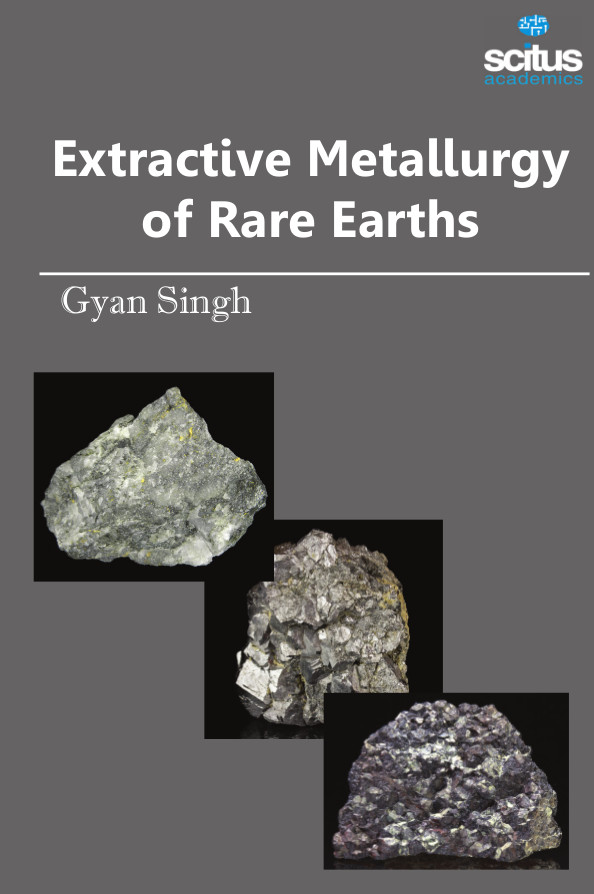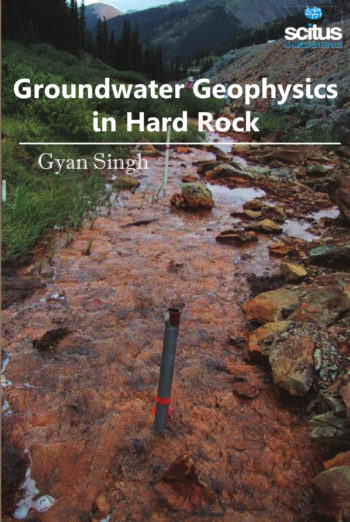We live in a material world. Today, it is the role of the materials engineer to study, develop, design and operate processes that transform raw materials into useful engineering products intended to improve the quality of our lives. The industrial revolution thrust metals into the forefront of technology, and they have become the very foundation of our modern society. One cannot envision a life in which electronics, transportation systems, buildings and machines are not part of our daily lives. Metallurgy is the part of materials science and engineering that studies the physical and chemical behavior of metallic elements, their intermetallic compounds and their alloys.
Rare earths are a series of chemical elements found in the Earth’s crust that are vital to many modern technologies, including consumer electronics, computers and networks, communications, clean energy, advanced transportation, health care, environmental mitigation, national defense, and many others. Because of their unique magnetic, luminescent, and electrochemical properties, these elements help make many technologies perform with reduced weight, reduced emissions, and energy consumption; or give them greater efficiency, performance, miniaturization, speed, durability, and thermal stability. Rare earth-enabled products and technologies help fuel global economic growth, maintain high standards of living, and even save lives.
Extractive Metallurgy of Rare Earths accumulates information from disseminated sources that is frequently available only to specialists. It delivers a complete and usable survey of the rare earth resources, extraction, and production of numerous end products. The book deals with the cuttingedge developments in rare earth extraction, production, and processing technology, design, and processes in the preparation and purification of rare earths from minerals and ores to useful compounds and alloys. In technologies including smartphones, flat-panel TVs, hybrid cars and wind turbines, a number of elements with exotic names represent crucial components. But the elements’ rapid rise from lab curiosities to helping supply the hearts of modern electronics has put strain upon existing supply chains, and experts worry that any supply disruptions could slow the pace of innovation. Now countries all over the world have begun racing to secure new reserves, boost recycling and find material substitutes for these energy-critical materials.













